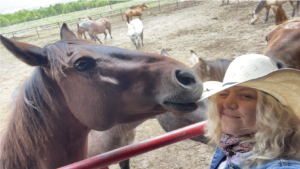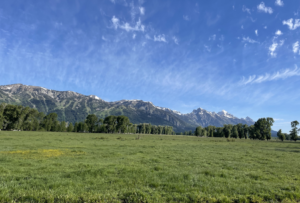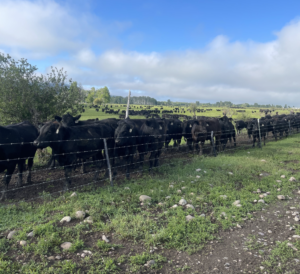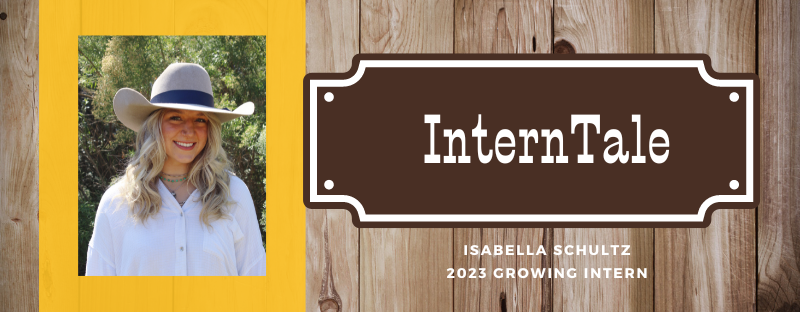Dividing the Pastures
#bfrdpwy #aginternship #RightRisk

This week was heavily focused on optimizing our grass utilization and pasture health. We rotate both our heifer and steer herds every 2 or 3 days to ensure our pastures have time to rest and recover in between grazing periods. Additionally, this keeps the cattle from eating the less nutritious parts of the plant which they do not select for. The bottom 2/3 of the grass has significantly less protein and minerals than the top 1/3, which is the part the cattle with go for first. If they are forced to continue to graze after they have already eaten the top 1/3 of all the grass in the pasture, they will start to eat the less nutritious parts of the plant. Since we are a stocker operation with a primary goal of weight gain via excellent feed efficiency, we want them to have a consistent supply of the most nutritious parts of the plant.

On another note, having inadequately paddocked pastures leads to inefficient use of the grass within them. If the cattle have more room than they need, their grazing will be uneven and therefore the grasses within the pasture will be at different levels of the growing phase. The idea is that you want to keep the grasses in a constant state of mid maturity – you want to let the cattle graze at late-mid maturity and let them graze until the grass is in early-mid maturity. If you let the grass get too mature and seed out, it will not regrow once it is grazed. It is also not palatable to the cattle and will likely just burn up and die. If you let the cattle graze the grass down too much, soil cover and in turn soil health are greatly reduced, slowing down regrowth and producing less nutritious forage.

One of the problems we were trying to fix is that we have two decently large (about 200 acre) pastures that we did not feel like we were efficiently grazing. The grass was unevenly grazed and as a whole, our rotation’s inefficiency was allowing the grass to “get ahead of us”, so to say. We used hot wire to paddock each of these pastures into smaller sections. Out of the two larger sections, we now have 7 smaller pastures. We estimate that we will get about 14 days out of these pastures now, whereas before we got about 6 days of grazing. Moreover, we will keep a more uniform level of grazing throughout our pastures now that we can have a relatively constant stocking density on the grasses.

A few questions I still have would include, how would like process look different if we did not use flood irrigation? Our grass is lush and dense because of the constant water cover, and this gives us a bit of a cushion as far as our pasture health. How much more efficient and precise would our rotation need to be if we were using a different kind of irrigation? And what other factors would we have to consider?
I plan to use this information to implement rotational grazing in every future position I hold where it applies. Whether that be my own operation or someone else’s, I think its a very worthwhile practice that saves you money and keeps your most valuable resource, your land, healthy and productive. I am very grateful to have spent this time really learning the ins and outs of regenerative grazing practices and hope to continue to learn more!
Submitted by: Isabella Schultz
Edits by: GrowinG Internship Team

